Confused by all the fancy words and crazy acronyms you're reading on this website? No need to worry -- The Brooklyn Press lives to make your printing experience as simple as possible! If you don't understand any term you see on this website, or that we use in our emails, feel free to use this Glossary to help it make sense. And if you think of a term we need to add, just let us know...we love learning from you, too!
Backside
The side of a product that is opposite the front.
Brightness
The reflectance or brilliance of the ink on the good's surface.
Color Correction
Adjusting an image to improve overall color on the final product.
Color Matching System (CMS)
The method of specifying colors for a print job, in which a book of color swatches is used for matching colors with standard inks used in commercial printing.
Color Separation
The process by which original artwork is separated into individual color components for printing. Each individual separated color will then be printed in a certain order to reproduce the original image.
Curing
The process for drying ink after printing through the application of heat.
Discharge "Ink"
Not actually an ink in the traditional sense, discharge involves printing with a precise mixture of activated chemical catalyst and additives, which -- via the application of heat -- will bond directly to reactive dye molecules (found in most colored textiles) and turn into a gas, "discharging" from the textile. This essentially removes color from the printed area only. The catalyst mixture/discharge ink is often combined with a non-reactive color pigment that will cure directly on the garment or textile simultaneously as the original dye is removed, leaving a bright vibrant print with a super soft "handless" feel.
Dots Per Inch (DPI)
A measurement of an image's resolution (sharpness). The higher the concentration of dots per linear square inch, the sharper the image and, ultimately, the printed product.
Emulsion
A light-sensitive chemical (usually in a liquid or paste) that is applied to a screen and used for the purpose of making a stencil. Different types include: Diazo, Dual-Cure, Pure Photo-Polymer..etc. Most emulsions come available both in liquid & capillary film options.
Film Transparency/Film Output
A transparent plastic film printed with opaque black ink used to create the stencil in an emulsion-coated screen.
Ghosting
A phenomenon where a faint image on a printed good appears where it was not intended.
Hand Feel
A qualitative description for the feeling of ink on one's hand after printing on textiles (usually garments). For example, a shirt with a high deposit of plastisol ink may have a "heavier" hand feel. On the other hand, a plastisol print that has been heat and pressure treated may have a "smooth" hand feel.
Hue
A gradation of color (the color's shade); scientifically, this is determined by the specifically wavelength of light that the color represents. The hues are given the names that we associate with color, such as "red," "blue," "green," etc.
Mockup/Digital Print Proof
A scale prototype of a design, used for demonstration or design evaluation.
Opacity
The ability of an ink to cover up the color of the item it is printed on (also known as the ink's "transparency").
Pantone Color
One of over 1100 unique, numbered colors, devised to help printers and designers specify and control colors for print projects via the Pantone Matching System ("PMS"). Also known as a "spot color."
Pantone Matching System (PMS)
The most commonly used color matching system used in the printing world. A PMS color is defined by a mixture of inks that will provide a specific color. Often known simply as "Pantone."
Physical Proof
A sample print.
Plastisol Ink
A pigmented suspension of PVC particles in a liquid plasticizer that is converted to a solid form through the application of heating. It sits on top of the textile upon which it is printed. The temperature at which most plastisol for textile printing cures at is in the range of 300 °F to 330°F. Plastisol ink does not air-dry.
PPI (Pixels Per Inch)
The number of tiny square dots (pixels) per square inch.
Raster File
A digital image created or captured (for example, by scanning in a photo) by millions of squares (pixels) in a given space. A raster is a grid of x and y coordinates on a display space. A raster file is usually larger than a vector graphics image file. Raster files are usually difficult to modify without loss of information. Examples of raster image file types are: BMP, TIFF, GIF, and JPEG files.
Saturation
The intensity of the colored ink on the garment or paper, determined by the percentage of pigment in the ink. Also known as "color strength."
Silk Screen
A stencil method of printmaking, in which a design is imposed on a screen of silk or other fine mesh. Blank areas of the mesh are coated with an impermeable substance, and ink is forced through the mesh onto the printing surface.
Stencil
A thin sheet with a pattern cut out of it, used to produce design on the surface below by the application of ink or paint through the holes.
Substrate
The base material upon which an image is printed.
Value
The brightness or darkness of a color or hue.
Vector File
Images, made of thousands and thousands of thin lines and curves known as "paths," that are created in special computer software designed to create this type of image. The lines and curves in the image can be assigned color values.
Water-Based Ink
A colored fluid that literally soaks into the fabric instead of sitting on top of it. It uses either dyes or pigments in a suspension, with water as the solvent. Unlike plastisol, it can be air-dried.
Do not hesitate to contact us or call (718) 513-0401 if there are any other terms you need us to explain...we're always thrilled to help!

